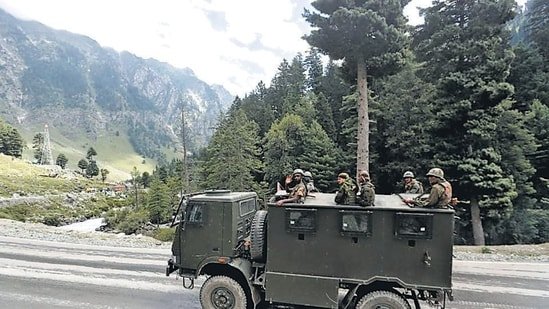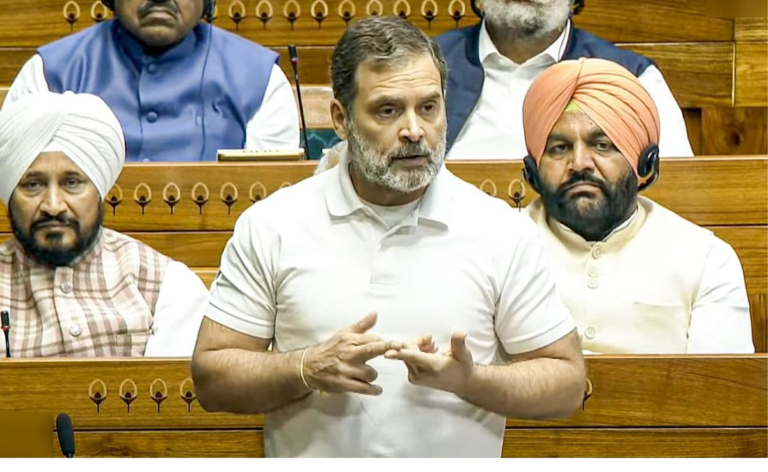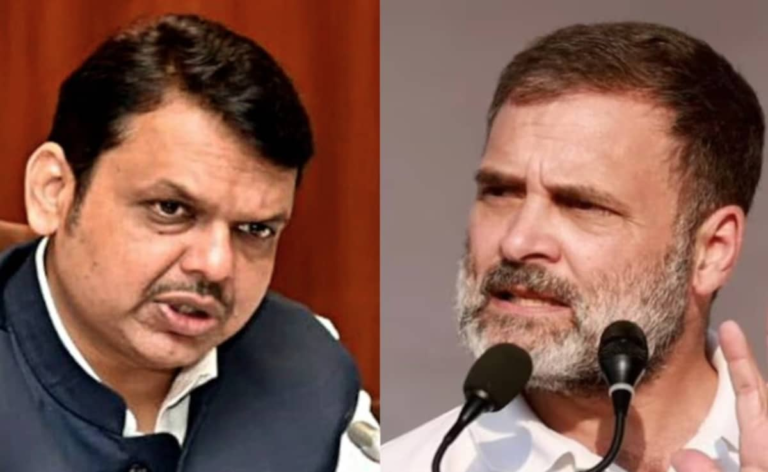
Senior military commanders of India and China met after a gap of almost four months to address the protracted standoff on the Line of Actual Control (LAC) this week but had little to show for the talks that spanned two days. The joint statement issued at the conclusion of the meeting of the corps commanders said the two sides only agreed to resolve the remaining issues speedily and maintain peace and tranquillity on the ground. Given that Prime Minister Narendra Modi and President Xi Jinping will both be in Johannesburg later this month to participate in the Brics summit, and Beijing will send a leader — Mr Xi has not confirmed his presence yet — to New Delhi next month for the G20 summit, there was great anticipation surrounding these talks, especially for some sort of breakthrough that could help set up a bilateral meeting on the margins of the upcoming summits. The anodyne statement marred these hopes, and reflected the deep freeze that now characterises the ties between the two Asian giants.

India and China have held more than two dozen rounds of diplomatic and military talks since the start of the standoff in May 2020, but these contacts are no longer occurring with the frequency witnessed in the past. Neither are the breakthroughs on disengagement as forthcoming. For instance, the military commanders have met only thrice since December 2022, and this, more than anything, appears to reflect the Chinese leadership’s position of putting the border issue in its “appropriate place” while creating an air of normalcy by taking forward relations in other spheres. For India, the task clearly is to ensure disengagement and de-escalation at the remaining friction points in the Ladakh sector, such as Depsang and Demchok, while simultaneously working for the restoration of status quo ante as of April 2020 and access to points previously patrolled by Indian troops. The buffer zones in areas where disengagement has already occurred cannot become part of a permanent solution, as this could only encourage more actions of the type that the Chinese side resorted to in 2020.
The ball is clearly in China’s court, especially if Beijing is serious about working towards an Asian century. Its intransigent attitude on disengagement at sensitive points reflects its strategy of playing hardball that has kept the face-off alive even after three years. Expect no softening in its stance that is aimed not at restoring peace but at gaining strategic and military supremacy. India would do well to keep an eye on its eastern flanks as it enters a period of intense diplomatic activity.
Embrace independence with quality journalism
Save on HT + The Economist subscription

(This analysis is published through a synidicated feed courtesy Hindustan Times)






